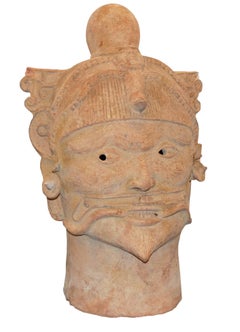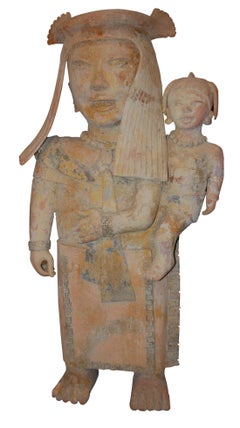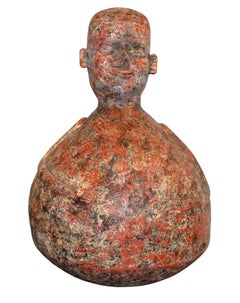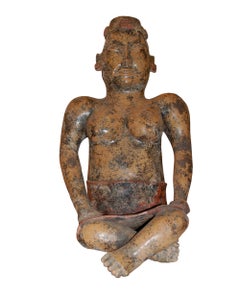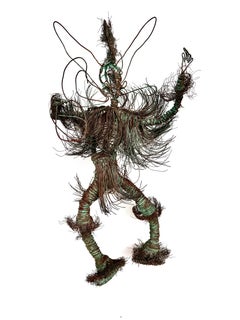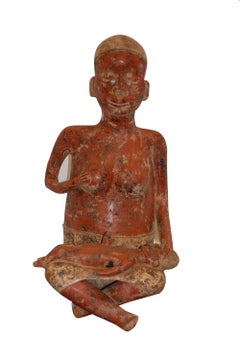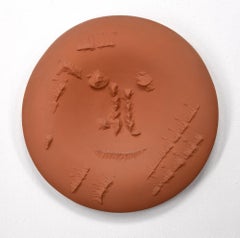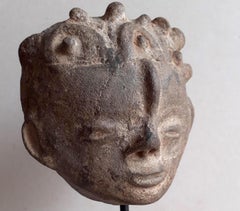Walter Bastianetto Art
Walter Bastianetto was born in Venice, Italy. Bastianetto began his first trip to Mexico in 1976 and currently resides there. He is a graduate of the Ca' Foscari University of Venice. Bastianetto participated in various art and sculpture workshops in his native country and Mexico. He is well-known for his original clay sculptures inspired by Mexico's Pre Columbian life, mythology and religion. Bastianetto has exhibited his sculptural work in numerous solo and group exhibitions since 1974, in Europe, the United States and Mexico.
1980s Modern Walter Bastianetto Art
Clay, Terracotta
1990s Modern Walter Bastianetto Art
Clay, Terracotta, Resin
1980s Modern Walter Bastianetto Art
Clay, Terracotta
1980s Modern Walter Bastianetto Art
Clay, Terracotta, Oil
1990s Modern Walter Bastianetto Art
Copper
1990s Modern Walter Bastianetto Art
Clay, Terracotta, Oil
1960s Modern Walter Bastianetto Art
Ceramic, Clay, Earthenware
19th Century Tribal Walter Bastianetto Art
Terracotta, Clay
2010s Modern Walter Bastianetto Art
Ceramic, Clay, Porcelain, Paint, Underglaze
Mid-20th Century Modern Walter Bastianetto Art
Copper
1870s Other Art Style Walter Bastianetto Art
Clay, Terracotta, Paint, Glaze
1950s Modern Walter Bastianetto Art
Ceramic, Clay, Earthenware, Glaze
1960s Modern Walter Bastianetto Art
Faience, Slip
1950s Modern Walter Bastianetto Art
Ceramic, Clay, Earthenware, Glaze, Engraving
1940s Modern Walter Bastianetto Art
Clay, Earthenware, Glaze
Mid-20th Century Modern Walter Bastianetto Art
Metal, Copper
Jolanta OwidzkaStony Signs, Mid-Century Modern Abstract Woven Tapestry, Textile Wall Sculpture, 1978
1950s Modern Walter Bastianetto Art
Clay, Earthenware, Glaze
Mid-20th Century Pop Art Walter Bastianetto Art
Oil, Clay, Fiberboard
